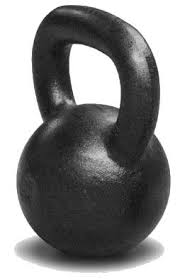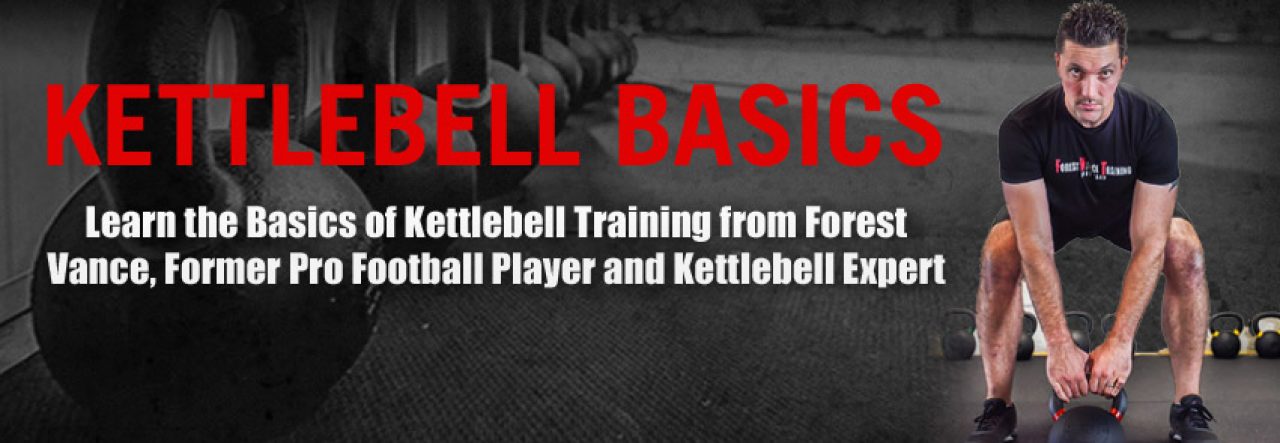
Quality kettlebell training advice can be hard to come by- here’s a short list of resources I’ve used to build my kettlebell knowledge over time – I hope you find it useful:
The premier source of kettlebell training info. Pavel Tsatsouline, the man behind The Russian Kettlebell Challenge, Enter The Kettlebell, Return of The Kettlebell and lots of other books from Dragon Door, is largely responsible for popularizing kettlebell training in the U.S.
The best book, in my opinion, on getting started with kettlebell training. Keeps things basic for you, and Pavel has a both highly effective and highly entertaining way of teaching. A must have for your KB training library. The Enter The Kettlebell DVD is also a great tool.
A good resource with a lot of good stuff – and a lot of bad. I might sound a little like I’m condradicting myself after this post – the rule is to use YouTube at your own risk and, after looking at all the other resources I recommend here, use your knowledge as a ‘filter’ and decide what’s good and what’s not.
This is, at $25 a year, one of the best investments you can make in furthering your general training knowledge. I know the jury is out on CrossFit (I wrote a post about this recently on The Fitness Monster, in fact – you can check it out here), but I think their journal is an awesome resource. There’s not only a lot of kettlebell info here – much of it from Jeff Martone, a former RKC guy – but lots and lots more on every imaginable topic.
This is a killer book if you’re looking to improve your conditioning. A word of warning: the program is hard 🙂 But if you can survive, you’ll probably get into the best shape of your life.
Another cool thing is that Kenneth Jay, author of Viking Warrior Conditioning, has extensive research that he’s performed himself to back up what he’s saying.
What to do once you’re done with Enter The Kettlebell. Covers advanced kettlebell training methods, most notably double kettlebell drills in detail – again, don’t even think about it until you’ve completed the Rite of Passage!
Another former RKC guy, has an awesome free e-book on kettlebell training you get for signing up for his newsletter. Also has a ton of training dvd’s and holds various workshops across the country. Highly recommended.
Great YouTube channel, Art of Strength and Punch Kettlebell Gym is headed by Anthony DiLugo, who got his start with the RKC – seeing a common theme here?
There you have it – a short list of kettlebell training resources that should keep you busy for a while! This list is by no means exhaustive – in fact, feel free to leave links to your favorite places to find kettlebell training info in the comments section.
Keep training hard!!

